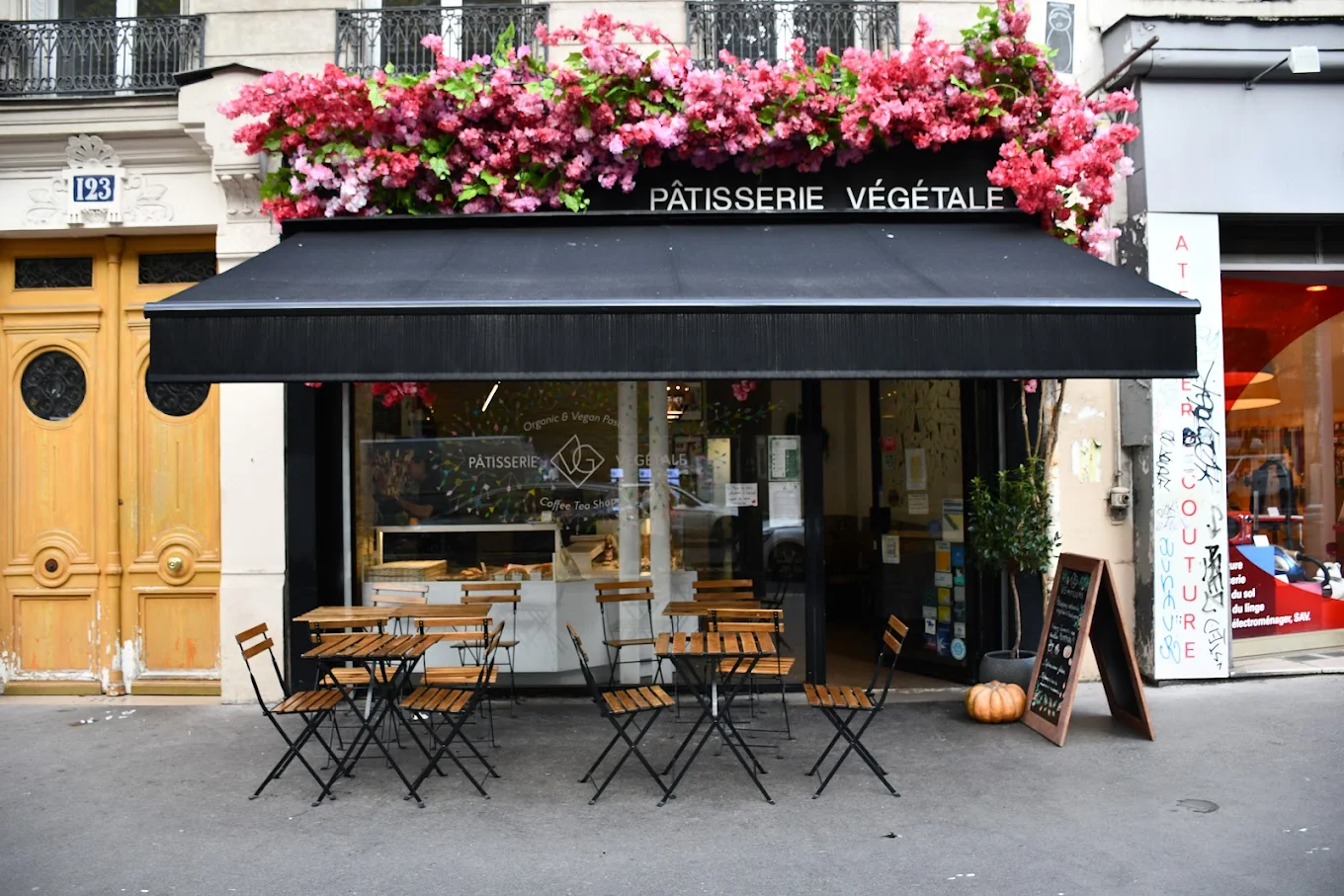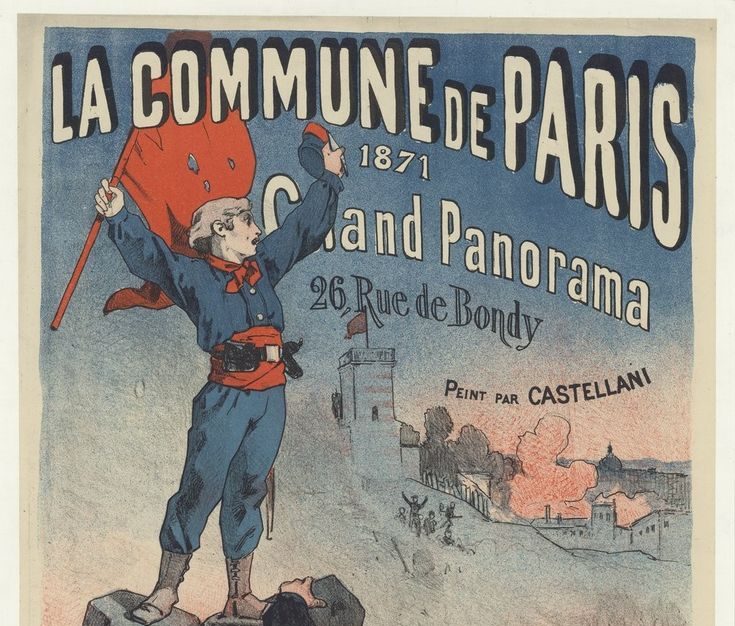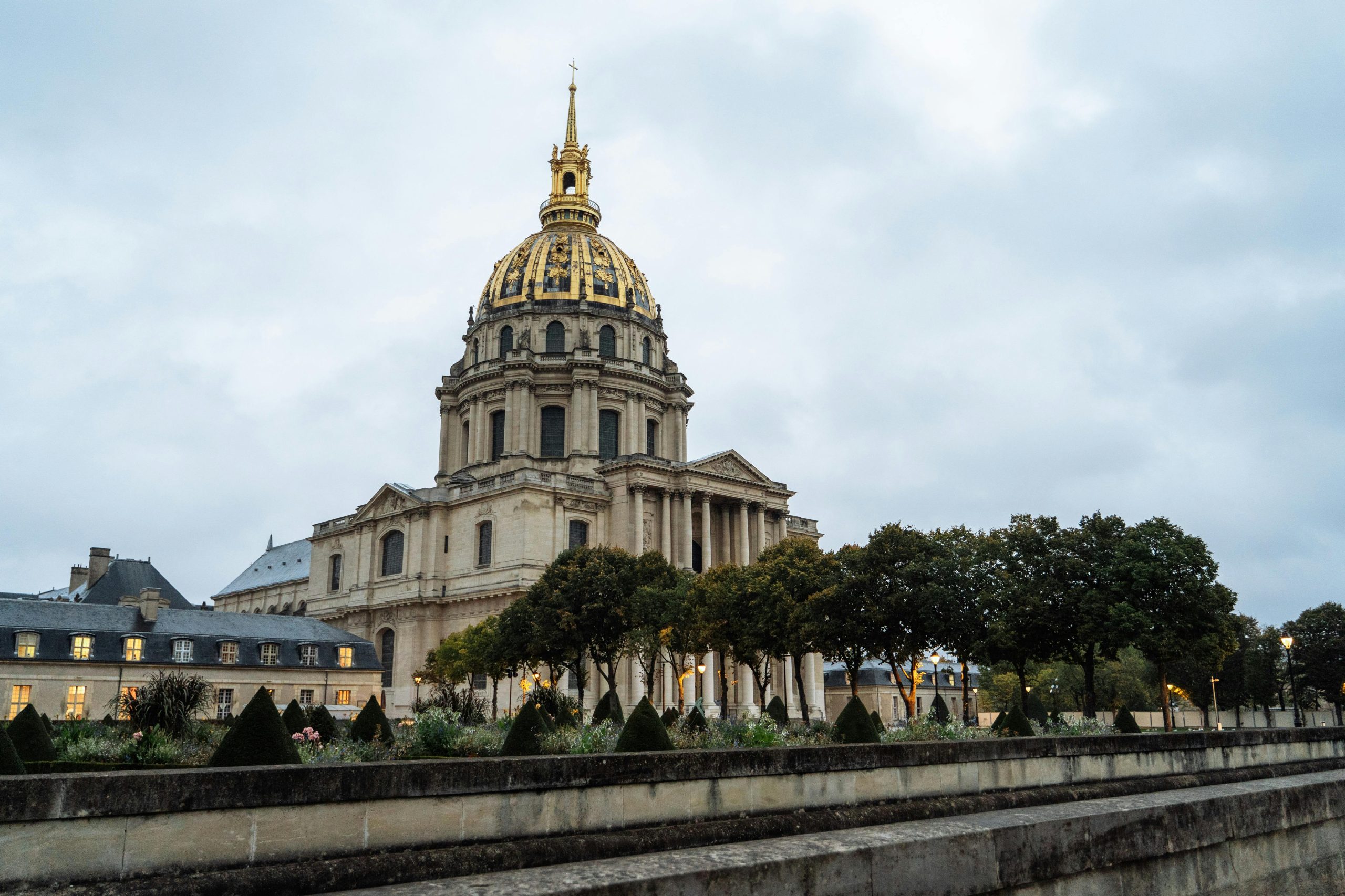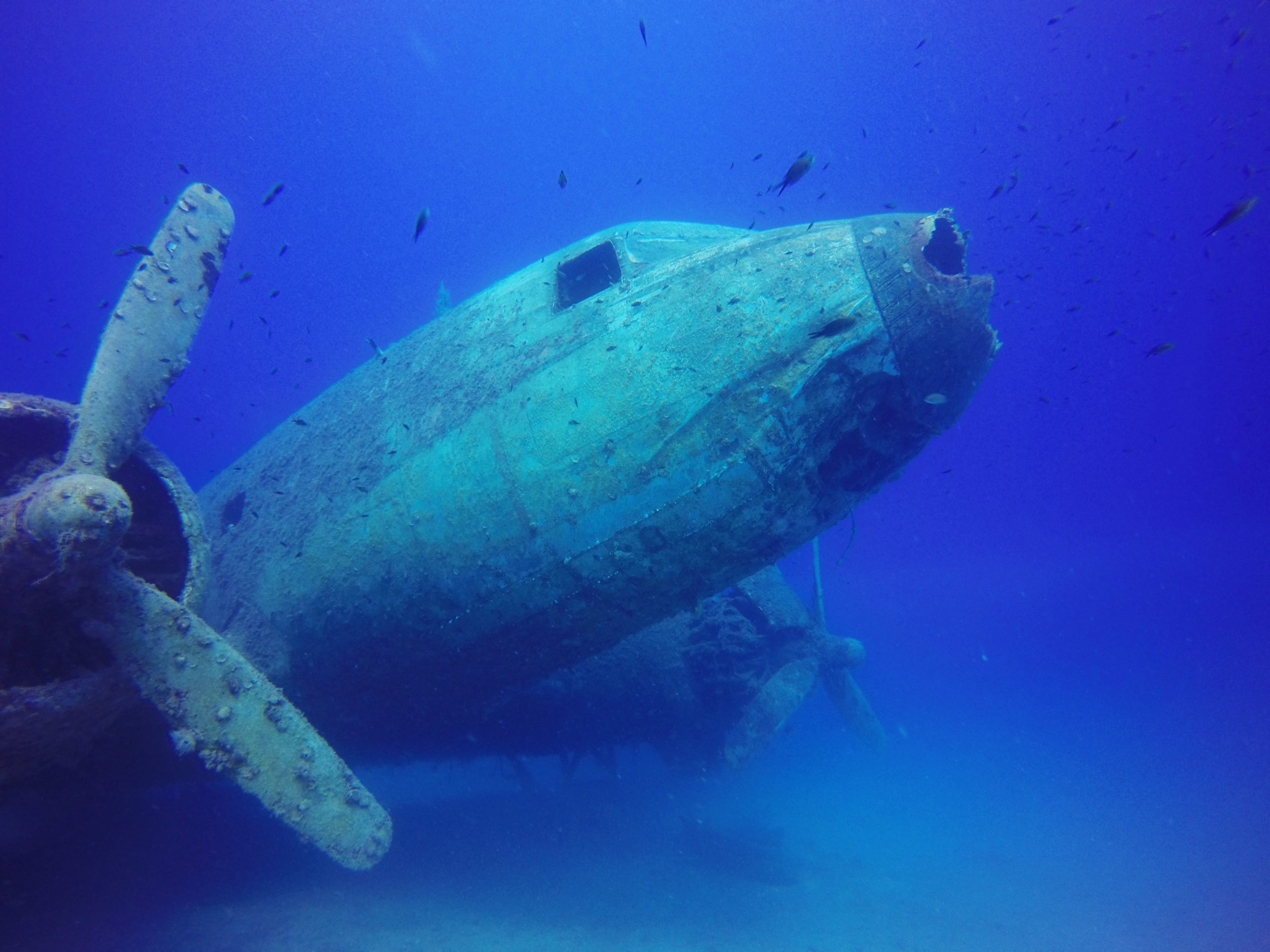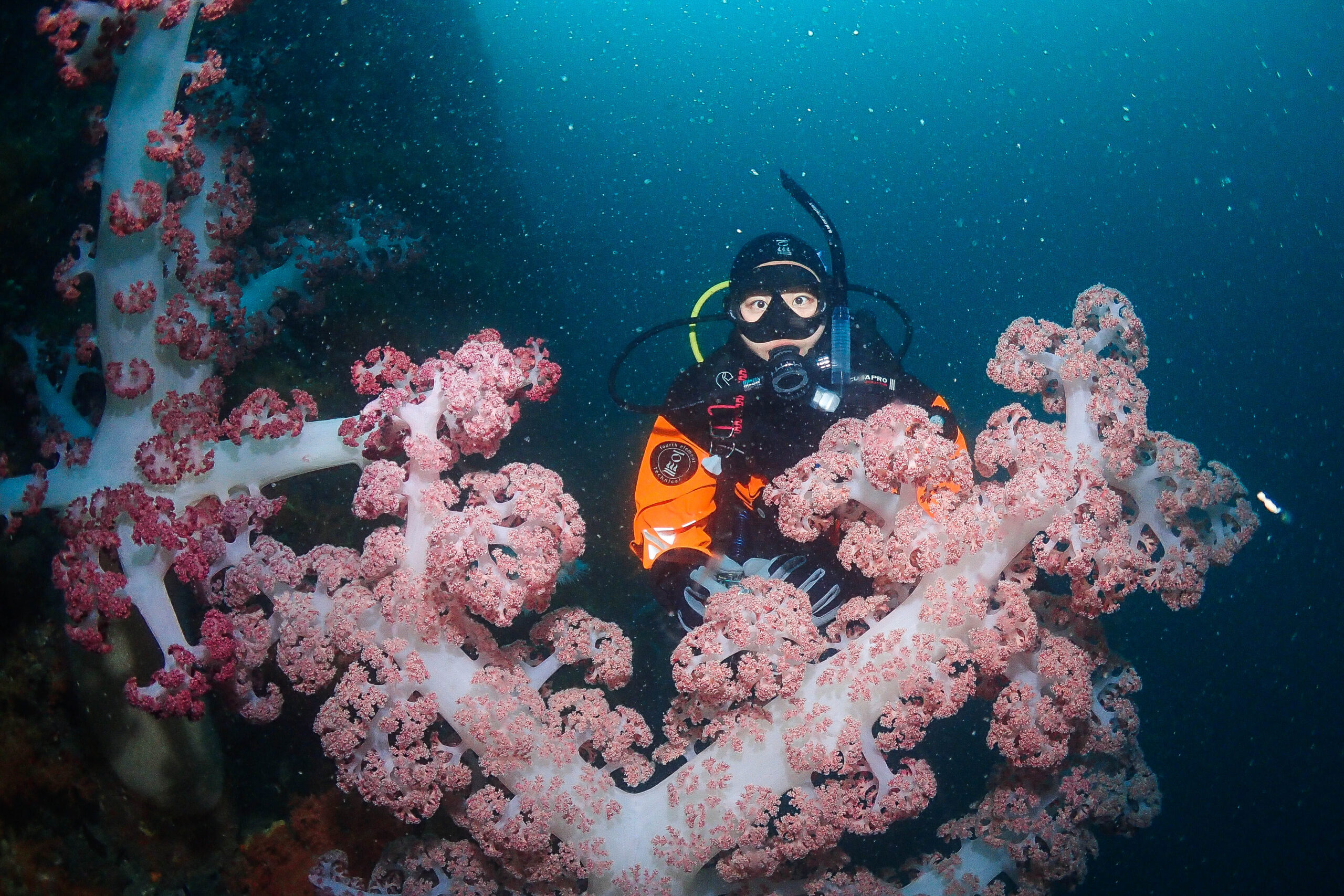Iceland surprises me with a new natural wonder every time I think it can’t surprise me anymore. But this time it’s not the waterfalls, the jet black beaches or the northern lights that light up our nights. It is hidden deeper …

While the surface of Iceland offers some of nature’s most dramatic and wild scenes, the underworld is just as fascinating as above. Lava tunnels formed by volcanic eruptions are like mysterious passageways beneath Iceland. These tunnels are not only geological wonders but also natural works of art that take you on a journey through time. But how do lava tunnels form? Is there life inside them? How do icicles form? Let’s take a closer look at these underground natural wonders.


How do lava tunnels form?
When a volcano erupts, the lava that comes to the surface begins to flow in a river-like manner. As the top layer of lava cools and hardens, the lava below continues to flow. Eventually, the large caverns and tunnels that the lava made on its way to the surface and the tunnels it traveled underground begin to cool hollowly. Over the course of thousands of years, these tunnels are shaped by wind and humidity and take on their present appearance. There are many lava tunnels in Iceland and some of them have been opened for exploration and tourist trips.

Colors and Texture of Lava
Lava tunnels are not just black or gray. It is possible to see shades of red, yellow, orange and even blue in them. These colors are caused by the minerals the lava contains during the cooling process. For example:
Red and orange tones indicate that the lava contains high amounts of iron.
Yellow and brown colors are formed when the lava interacts with sulfur.
Blue and purple tones are caused by the oxidation of minerals.
In Icelandic conditions, it takes about 15 to 20 years for the lava to cool down. So there are already many spots where there are still hot lava layers.

Is there life in lava tunnels?
Is life possible in such a harsh environment? Actually yes! When you look at the walls inside the tunnels with a flashlight, you can see tiny life forms just like plankton in the oceans.
According to our guide, different universities come from time to time to study these life forms. According to the studies, these microorganisms can help us understand whether life is possible on planets like Mars.


Icicles and Underground Icecaps
Some lava tunnels in Iceland contain icicles, despite the heat of the lava. So how does ice form inside a volcanic structure? This is because some parts of the lava tunnels remain below freezing all year round. Water seeping underground freezes in these cold areas and over time forms spectacular ice pillars and stalactites. These ice forms in the lava tunnels are constantly changing as the humidity level of the cave changes with the air flow and temperature changes. So the same cave offers different views at different times of the year.

Where to Visit Lava Tunnels in Iceland
Iceland is a country rich in lava tunnels. Here are some of the most impressive lava tunnels you can explore.
Raufarhólshellir Lava Tunnel: Located about 30 minutes from Reykjavik, this tunnel is one of the longest lava tunnels in Iceland. It offers an impressive experience to its visitors with its rock formations and icicles.
Vidgelmir Lava Cave: This 1,600-meter-long cave is famous for its colorful rock formations and wide tunnel structure. It can be visited with guided tours.
Leidarendi Lava Tunnel: This tunnel with interesting rock formations and narrow passages is a perfect discovery point for adventurers.

What You Need to Know Before Exploring Lava Tunnels
The temperature can be low in the lava tunnels so bring warm clothes.
It can be quite slippery inside the caves, so it is important to wear sturdy trekking shoes.
Exploring without a guide can be dangerous, so joining guided tours is one of the safest options.

You can marvel at Iceland’s surface, but its underground world is just as fascinating as the one above. Lava tunnels are spectacular geological structures that reveal how nature has been shaped over millions of years and how our planet has changed. If you are ever in Iceland, don’t forget to go below the surface and explore this unique underground world!





